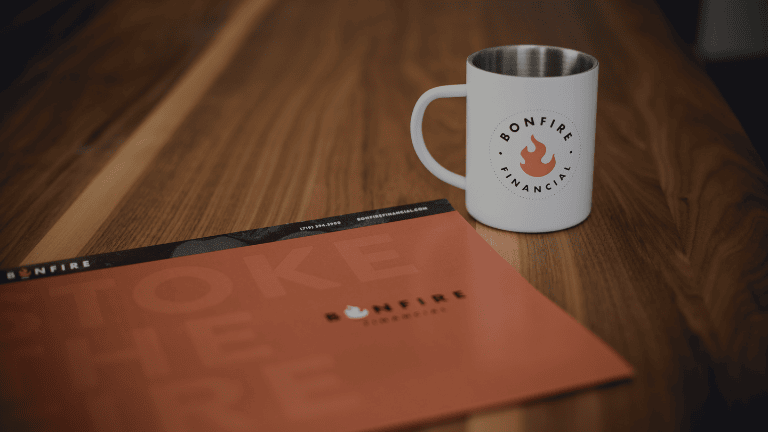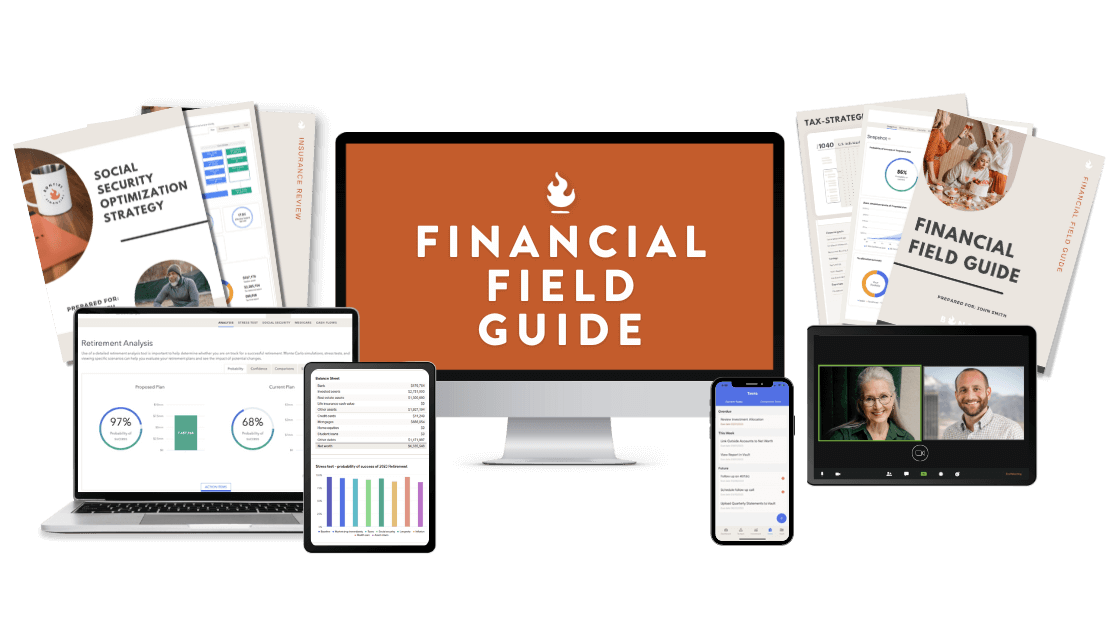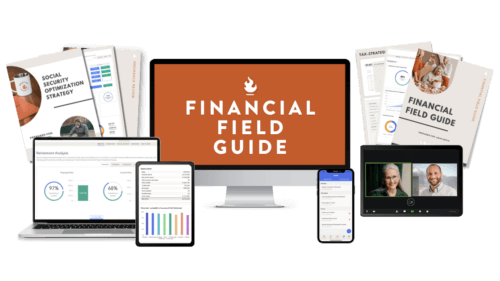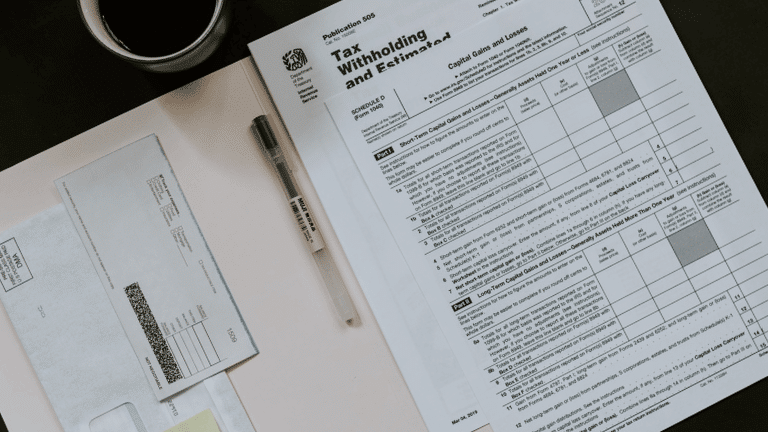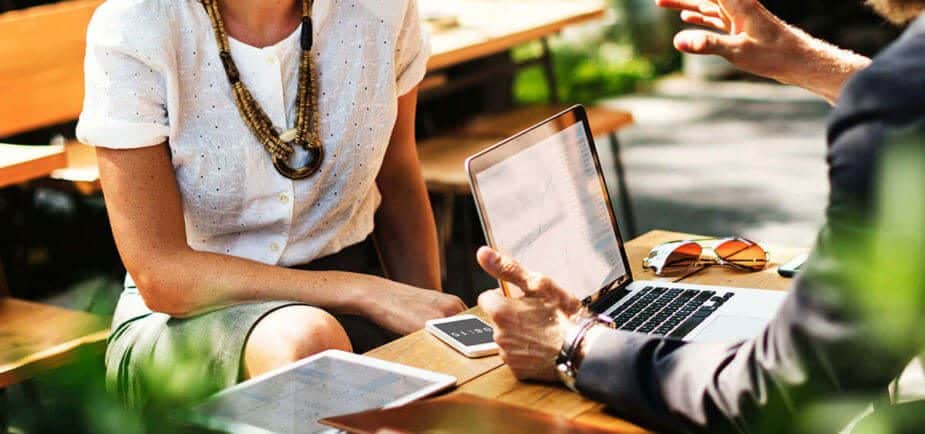As you get closer to retirement, the financial planning landscape changes. Those final 5-10 years bring new priorities, questions, and a natural desire for clarity. Do I have enough to retire comfortably? Will my savings and investments support my lifestyle? This period is critical for setting up the financial security and peace of mind that most people seek as they step away from work. Below, we’ll dive into how to build confidence in your retirement planning by addressing key steps and practical strategies to ensure you’re ready.
Listen anywhere you stream Podcasts
iTunes | Spotify | iHeartRadio | Amazon Music
—
Step 1: Start with Your Expenses
The foundation of a successful retirement plan is understanding your current expenses. The goal is to get a clear picture of what it costs to live your life on a monthly and annual basis. To do this:
- Track your monthly spending: Look at your recent bank statements and credit card bills to get an idea of your average monthly spending. Include every category, from housing to groceries to entertainment.
- Account for yearly fluctuations: Certain months are often higher-spend months. For example, holiday season costs or summer travel expenses can raise expenses significantly. Make sure to average out these costs for a realistic annual spending figure.
- Consider future changes: Think about how your expenses might change in retirement. Will you be mortgage-free, or do you anticipate moving? Are there hobbies you plan to pursue that might increase costs?
Once you have a firm grasp on your current and anticipated expenses, you’ll have a more accurate starting point to build your retirement plan.
Step 2: Identify Income Sources
After estimating your expenses, it’s time to look at income sources you can rely on in retirement. For most people, these will fall into a few main categories:
- Social Security: Check your Social Security statement to see what you can expect to receive monthly. Remember that delaying Social Security benefits past your full retirement age can increase your monthly payments.
- Pensions: If you’re fortunate enough to have a pension, include it here. Know the details, such as whether the payout is fixed or adjusted for inflation, and if any survivor benefits are available.
- Investment Income: Income from investments in retirement accounts, brokerage accounts, or real estate holdings is crucial. This is where the bulk of many people’s retirement income comes from.
- Other Sources: You may have other income sources like part-time work, royalties, or annuities. Consider whether these will be consistent and predictable.
Tally these income sources to see how they measure up against your projected expenses. Many retirees find that guaranteed income from Social Security and pensions falls short of covering their needs. This difference, or “gap,” is what your investments need to cover.
Step 3: Calculating Your “Gap” and Understanding Withdrawal Strategies
Once you have an estimate of your guaranteed income versus your expenses, you can calculate your “gap.” This is the amount you’ll need to withdraw from savings and investments each year to meet your spending needs.
For instance, if your annual expenses are $120,000 and your guaranteed income covers only $60,000, then your gap is $60,000 per year. This is the amount you’ll need to draw from your investments to maintain your lifestyle.
Step 4: Implementing the 4% Rule
The “4% rule” is a popular rule of thumb for retirement planning. It’s a straightforward way to estimate how much you can sustainably withdraw from your investments each year without depleting your savings prematurely.
The rule suggests that if you withdraw 4% of your retirement portfolio each year, your savings should last approximately 30 years, even with inflation adjustments.
Here’s how to use the 4% rule to estimate your retirement readiness:
- Calculate your gap: For example, if your gap is $60,000, you’ll need enough saved to cover this annually.
- Divide by 4%: Divide your gap by 0.04 to estimate how much you need saved. Using our example, $60,000 / 0.04 = $1.5 million.
The 4% rule provides a conservative starting point. However, remember that it’s just a guideline. Depending on your personal situation, investment portfolio, and tolerance for risk, you may need to adjust this percentage.
Step 5: Assessing Risk and Adjusting Your Portfolio
As you near retirement, consider adjusting your investment portfolio to better align with your time horizon and risk tolerance. This often means reducing your exposure to high-risk assets, such as stocks, and increasing holdings in more stable assets like bonds or cash equivalents.
That said, maintaining some exposure to growth assets, like stocks, is still essential to keep pace with inflation over what could be a lengthy retirement. We can help you determine the right balance based on your needs and market conditions.
Step 6: Creating a Flexible Withdrawal Plan
A successful retirement plan includes flexibility. The 4% rule is a useful baseline, but there are times when adjusting withdrawals can help stretch your retirement savings further.
- Stay adaptable in lean years: If markets are down, consider withdrawing slightly less or pausing major expenses. Adjusting withdrawals during market downturns can prevent you from selling investments at a loss.
- Re-evaluate annually: Each year, assess your expenses, investment performance, and overall portfolio balance. Staying engaged helps you avoid surprises and make minor course corrections as needed.
- Bucket Strategy: Some retirees find it helpful to use a “bucket strategy,” where they segment their savings into short-term, medium-term, and long-term buckets. For example, keeping 1-3 years’ worth of expenses in cash equivalents can cover immediate needs, while medium and long-term investments grow to support later years.
Step 7: Plan for Taxes and Healthcare Costs
Taxes and healthcare costs are among the largest expenses retirees face, so accounting for them in your retirement planning is essential.
- Plan for taxes: Withdrawals from tax-deferred accounts, like traditional IRAs and 401(k)s, are typically subject to income tax. Understanding your tax liability and strategies to minimize it, like Roth conversions or strategic withdrawal planning, can make a significant difference in retirement income.
- Healthcare expenses: Medicare will cover some costs, but it doesn’t cover everything. Consider supplemental insurance, long-term care insurance, or creating a separate savings account for healthcare costs to ensure you’re prepared for medical expenses.
Step 8: Pay Attention to Inflation
Retirement can span two or three decades, and inflation will erode purchasing power over time. Make sure your income sources and withdrawal strategy account for inflation so your savings can cover the rising costs of living.
- Use inflation-adjusted estimates: When calculating future expenses, consider the effect of inflation. A 3% annual increase in expenses is a conservative estimate many financial planners use.
- Inflation-resistant assets: Keeping some investments in assets that typically rise with inflation, such as stocks or Treasury Inflation-Protected Securities (TIPS), can help offset inflation’s impact on your retirement income.
Step 9: Take Advantage of Catch-Up Contributions
For those 50 and older, catch-up contributions allow you to add extra money to retirement accounts, such as 401(k)s and IRAs. Maximizing these contributions can help bolster your savings in the final years leading to retirement.
- 401(k) catch-up contributions: As of 2024, you can contribute an extra $7,500 to your 401(k) annually if you’re over 50. This is in addition to the regular contribution limit. >>> Check here for this year’s contribution limits <<<
- IRA catch-up contributions: Similarly, individuals over 50 can contribute an extra $1,000 annually to IRAs.
These catch-up contributions can add up significantly over time, especially when invested wisely.
Step 10: Seek Professional Guidance
Planning for retirement involves many variables, and even with simple rules, the calculations can become complex. Professional guidance can be valuable for ensuring your plan is realistic. We can work with you to create a tailored financial plan that addresses your unique needs, assets, and goals. We can also guide you in making adjustments and keeping your strategy on track as conditions change.
The Bottom Line: Retire with Confidence
The final years before retirement are the perfect time to refine your plan, reduce uncertainties, and build confidence in your financial future. By knowing your expenses, identifying reliable income sources, and understanding your investment strategy, you’ll be well-prepared to retire with peace of mind.
Remember, retirement planning doesn’t have to be overwhelming. Each of these steps, from budgeting to the 4% rule, provides you with a roadmap to a secure retirement. Following these strategies and seeking guidance when needed can set you up to transition from work to retirement with confidence, knowing you’ve planned well for the years ahead.
 Client Login
Client Login

